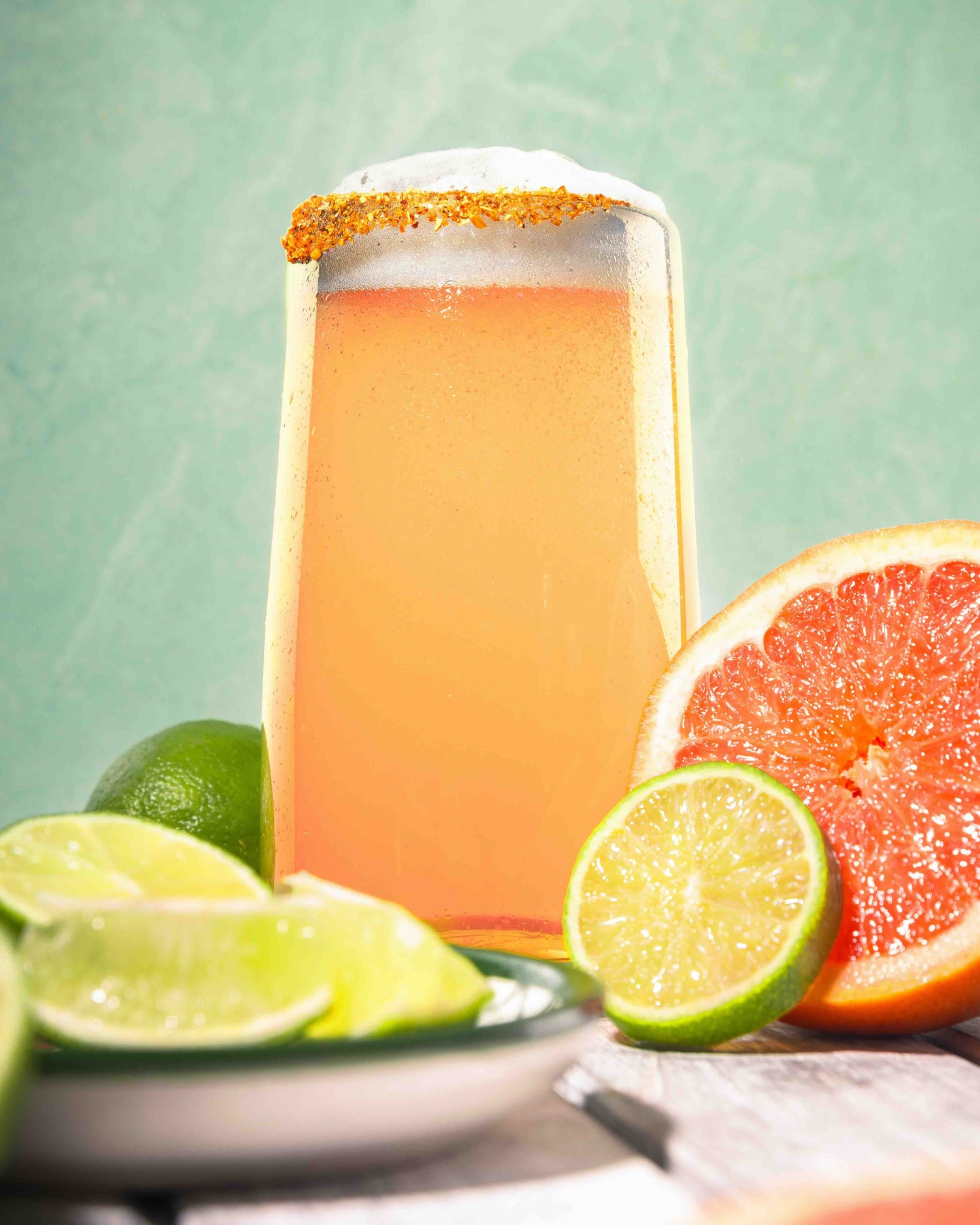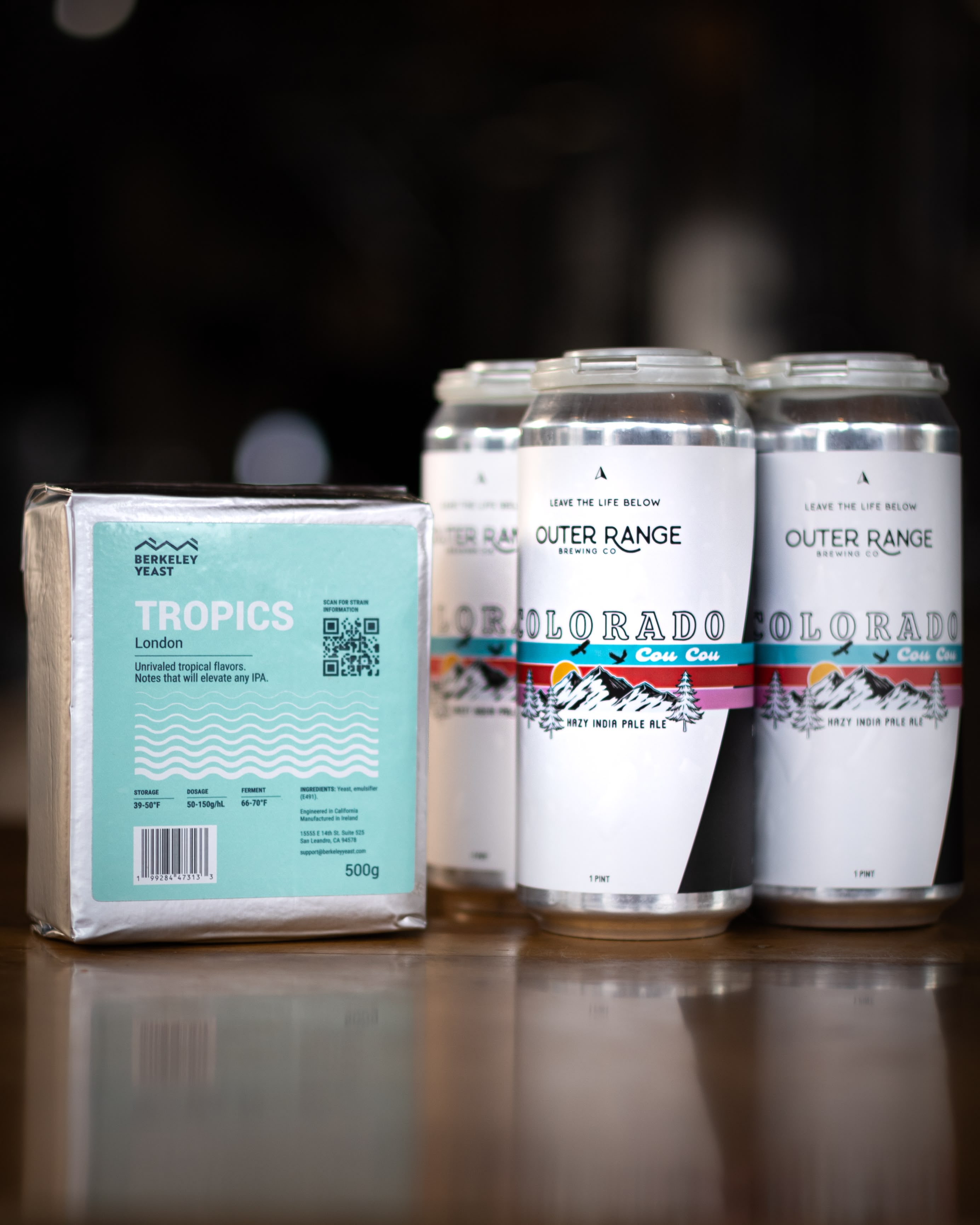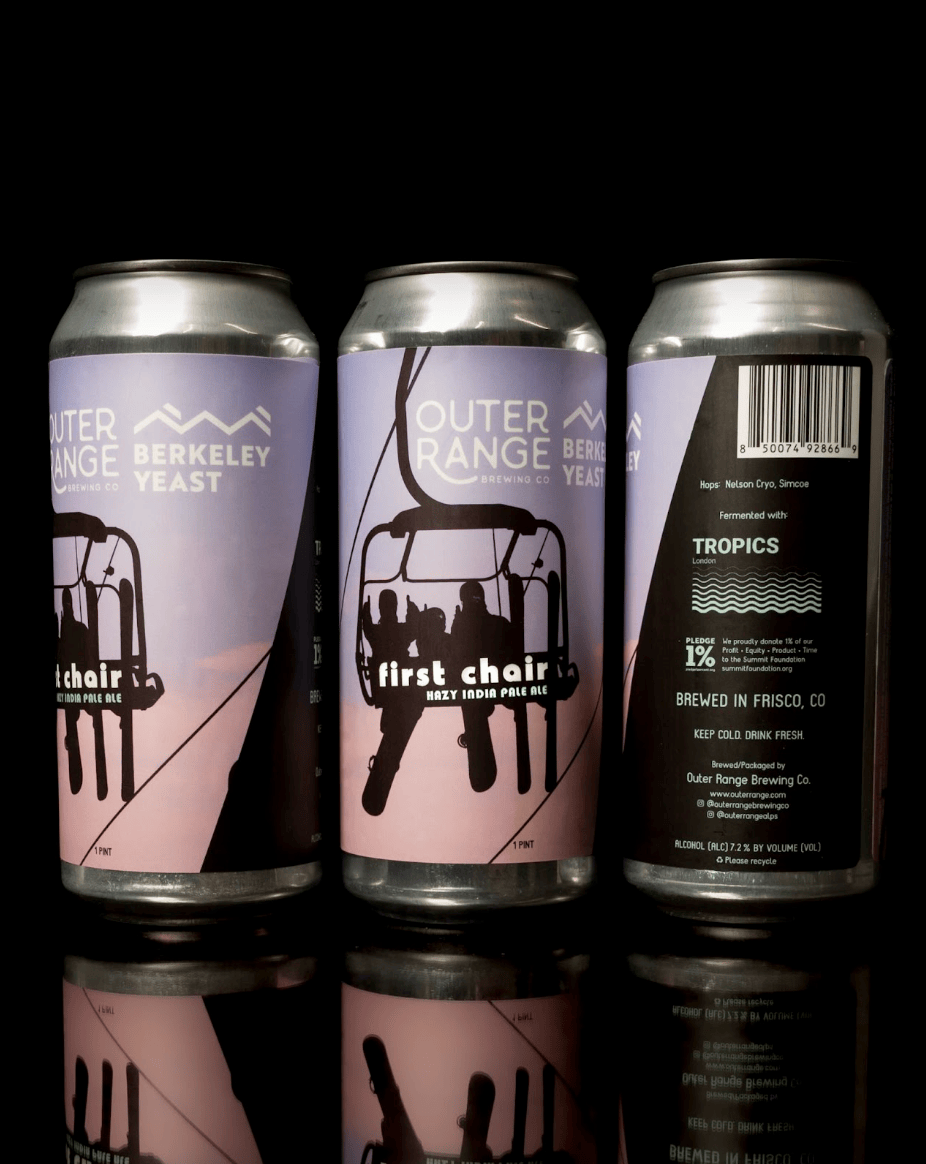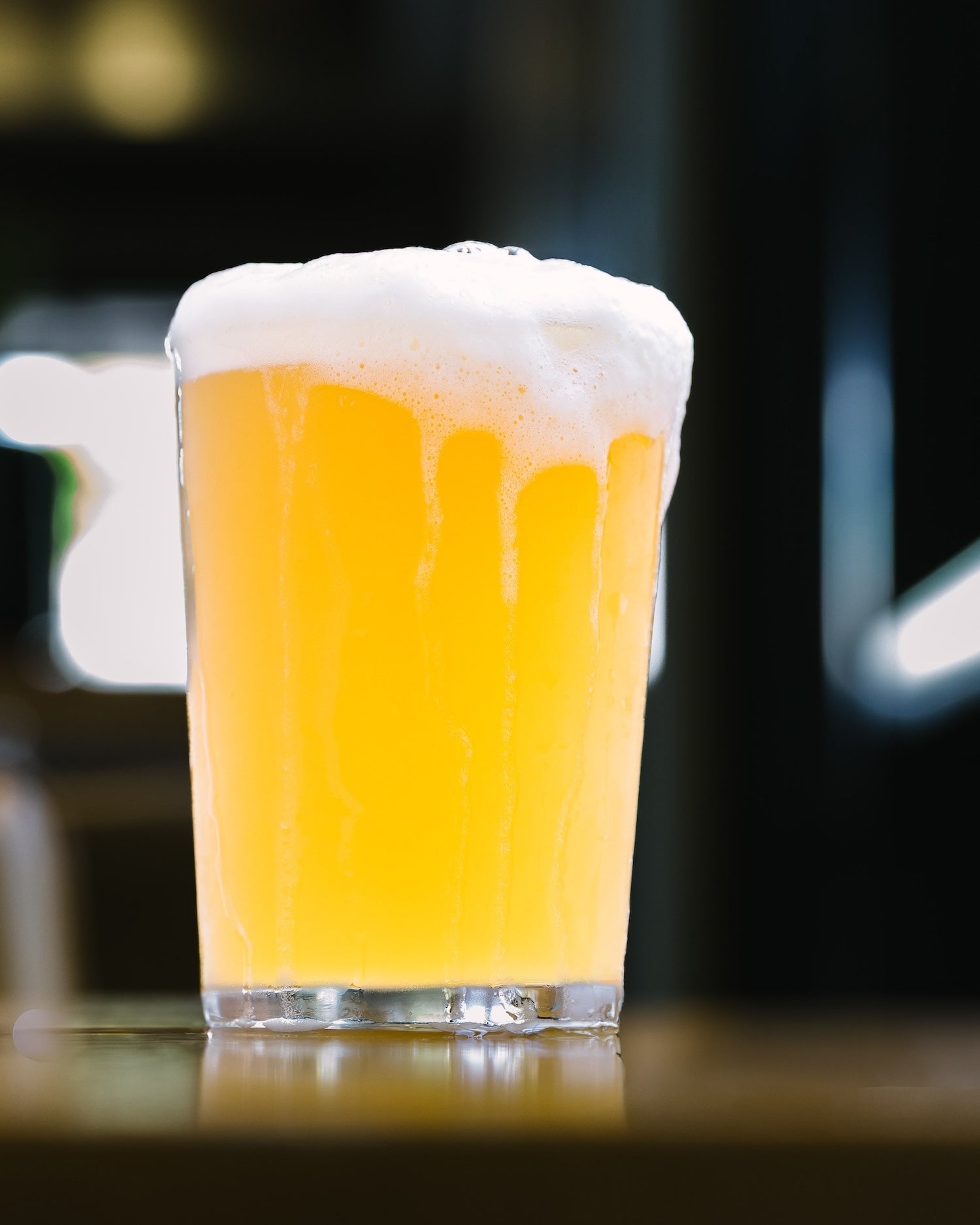Bold, yet refreshing, this Paloma inspired sour beer will surely capture drinkers’ attention. Grapefruit, lime, and tequila extracts deliver authentic sensory, and the addition of hibiscus adds an eye-catching pink color. The flavors are elevated by the lactic twang from our Galactic yeast, a Saccharomyces cerevisiae strain engineered to produce a clean and bright sourness.
RECIPE SPECS
- OG: 14°P
- FG: 2.5°P
- IBUs: 5
- ABV: 6.2%
MALT/GRAIN BILL
- 80% Gambrinus Pilsner
- 20% Rolled Oats
HOPS & ADDITIONS SCHEDULE
- 20 g/bbl Calcium chloride at mash in
- 0.025 lbs/bbl Simcoe T90 at 60 minutes
- 0.2 g/bbl Zinc sulfate heptahydrate after whirlpool rest
- 1 gallon/bbl Oregon Fruit Grapefruit Concentrate at cold conditioning
- 12 mL/bbl Amoretti Natural Lime Extract #97 at cold conditioning
- 120mL/bbl Synergy Natural Tequila Flavor Organic at cold conditioning
- 0.25 oz/ gallon Hibiscus at conditioning for color
- 20 g/bbl potassium sorbate at cold conditioning
- Dextrose to taste
- Salt to taste
YEAST
- Berkeley Yeast Galactic
DIRECTIONS
Mash at 152°F. Add the calcium chloride. Target a mash pH of 5.45.
Vorlauf until the wort runs very clear after which you may begin to lauter into the kettle. If you have the ability to acidify your sparge water add some phosphoric acid to bring the pH to 5.0. This will help buffer the pH rise and prevent astringency pickup from the grain husk. Try to not let your last runnings go above a pH of 5.7.
Boil for 60 minutes, adding hops, and zinc according to the schedule. Adjust the pH to 5.0. At the end of the boil, chill the wort to 65°F, aerate to 12 ppm, pitch your yeast (pitch rate: 750k/mL/°P) and set your tank to 68°F.
Hold fermentation at 68°F until you hit 4°P and then raise the tank temperature to 72°F to encourage the yeast to have a timely end to fermentation and for VDK reduction. When fermentation is complete the pH should be around 3.5. If the beer has no perceptible acetaldehyde, and it passes a forced diacetyl test, crash the tank. Remove yeast twice a day for 3 days. Transfer the beer to a conditioning tank. Add the grapefruit concentrate, tequila extract and lime extract. Recirculate until incorporated.
Adding the hibiscus: Put the hibiscus into a muslin bag and tie shut. Add the hibiscus to a brink and purge well with CO2. Fill the brink with the beer and let sit 30 minutes. Push the beer back into the tank, allowing CO2 to bubble through the beer for 5 minutes after the brink is empty. Take a sample of the beer and check the color. A very light pink hue adds an authentic touch. Go darker if desired by adding more hibiscus.
Taste the beer. Add dextrose and salt to taste. A medium sweetness with a barely perceptible saltiness is how I like it.
Finally, add the potassium sorbate to prevent refermentation in package.
Carbonate to 2.4 volumes and package at least 2 days later.
Serve in a glass with a Tajin rim.




